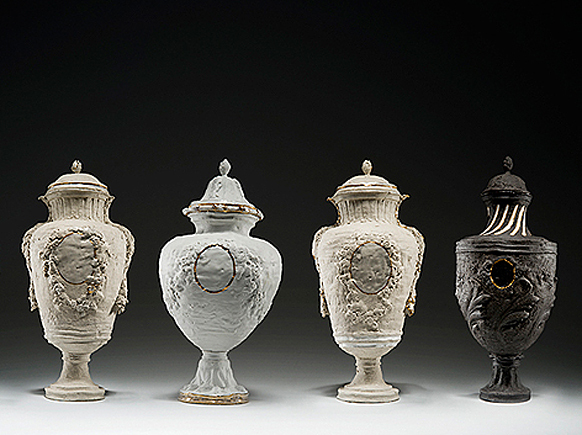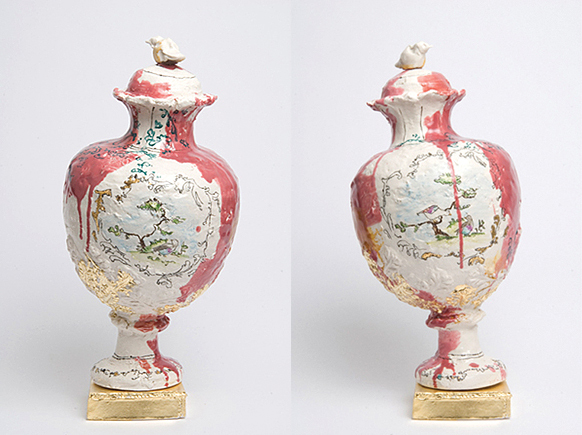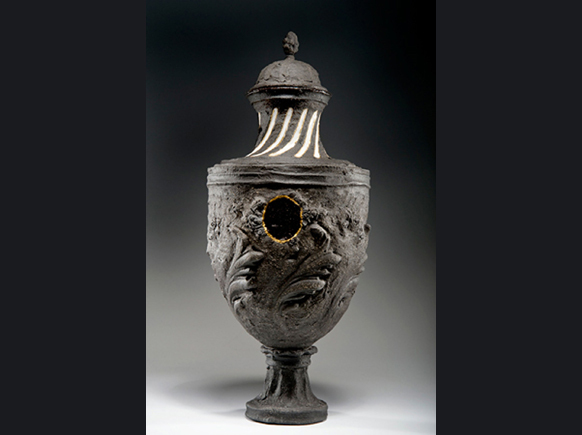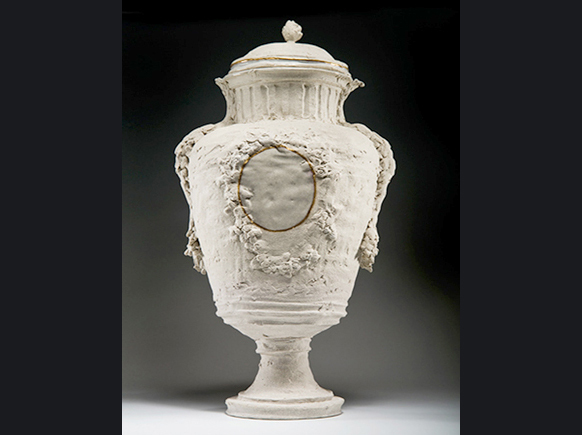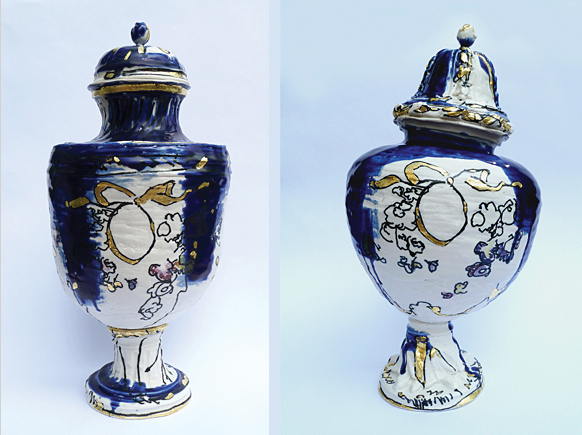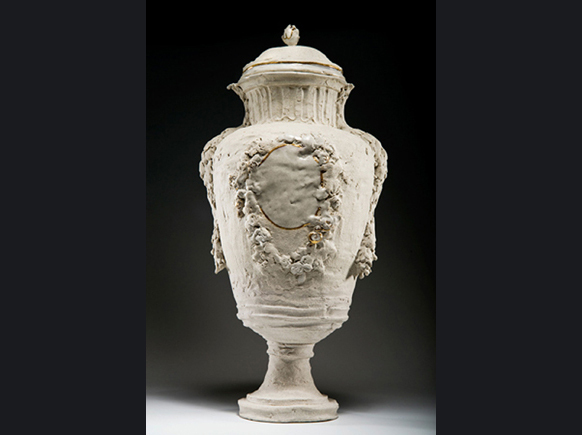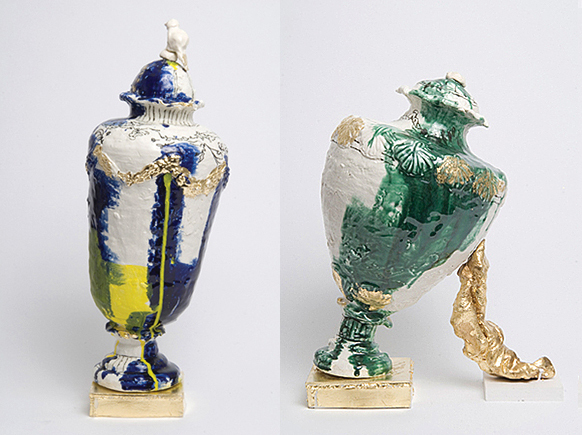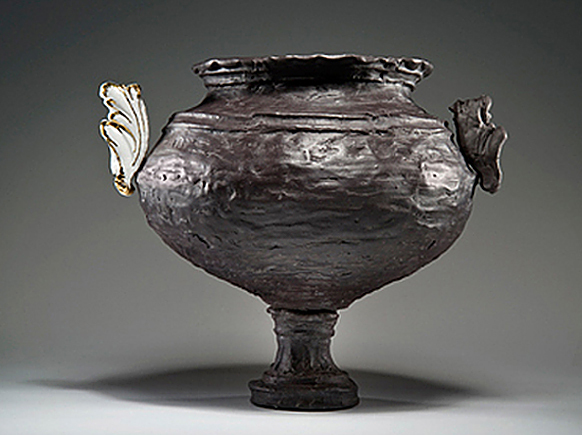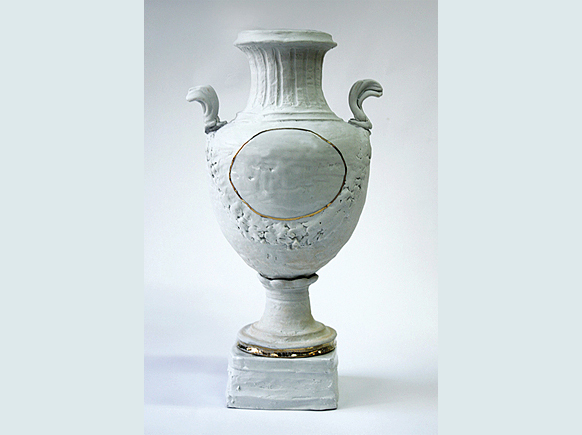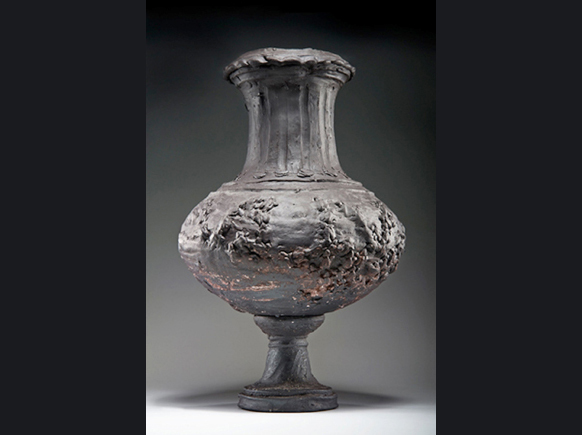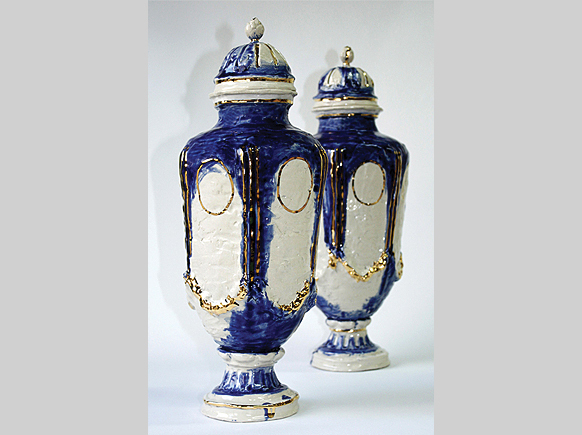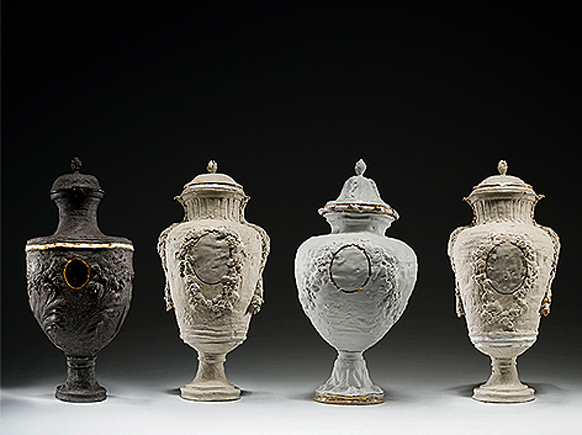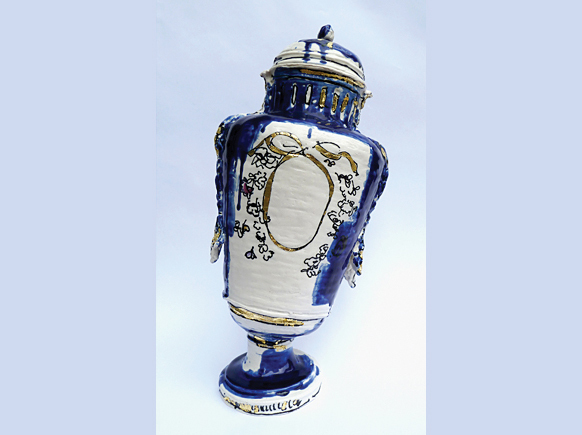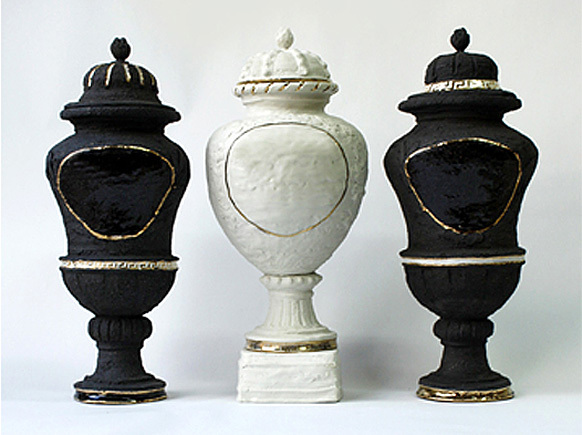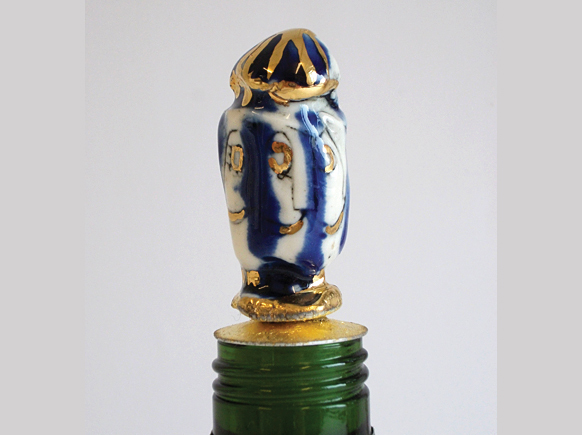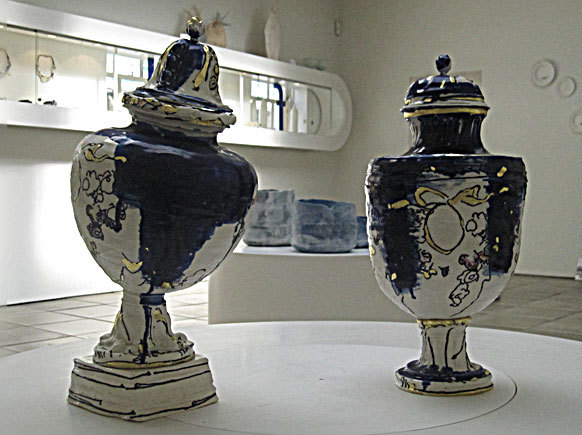L'air du temps perdu
The luxury goods of France have always been seductive. But, to this day, nothing can outdazzle her 18th century porcelain. This “white gold” remains an art form of its own, a showcase for flawless decorative skills and technical virtuosity.
A tour of any UK collection – whether at the V&A, Hereford House or Waddesdon Manor – can still startle the eye with proof of just how lavish life once was.
From its early production at Rouen, Saint-Cloud and Chantilly, French porcelain also offered infinite variety: cups, candlesticks, wall pieces, vases, dinner ware, medallions, figures. The famous Manufacture national de Sèvres (purchased outright by the French crown in 1759) created everything from toilette items to royal dinner services.
Their complex ornamentation, however, distances their art from our eyes. “It’s so flawless,” says ceramicist Amy Jane Hughes, “that nothing indicates the actual material. There’s no mark of the hand or the maker, nothing to show that it is ceramic. The painting is so perfect it could be a transfer or a decal. Plus, most people will only see it inside a museum case.”
This lively young artist from Yorkshire may seem an unlikely champion. But, starting as an illustrator who wanted to “build my drawings”, Hughes has maintained an ongoing affair with Sèvres porcelain. She discovered it as a student at the Royal College of Art, where it inspired her stunning line of hand-built vessels.
Despite their big bellies and sometimes-wonky postures, all these offer graceful tributes to their French precursors – with a character and wit that create an updated elegance.
The concept first occurred to Hughes during a class residency at Waddesdon Manor, home to Edmond de Rothschild’s celebrated collection of Sèvres. There, vases comprise over half of the holdings (which also include three spectacular dinner services).
Hughes had close-range access to it all. “It was less like I was looking at them than they were looking at me. It’s also shown in context, as it was meant to be used. So a lot of my ideas were changed by seeing that.”
Because its pieces came from the royal works, prestige surrounds the collection. Yet, Hughes says, “There’s wild stuff in there: crazy portraits, elephant heads, pieces with snakes wrapped around them. Every single surface has so much going on – it’s all trying to seize your eye and grab your attention.”
For instance, there was the tableware “covered in fantastical birds. They’re all depicted with completely mad plumage. But, as it turns out, they’re also completely made-up. Those kinds of things made me see the flipside of so much perfection.”
Hughes wanted to know if such faultlessness could be broken down and she decided to concentrate on the vase. A lynchpin element of 18th century décor, vases were sold as single pieces, in pairs or in groups known as garnitures. Some held pot-pourri, others elaborate flower arrangements. Sèvres produced more than two hundred and fifty different models.
From the start, Hughes’ experiment brought surprises. “My first discovery was that, with things elevated on feet at such a high temperature, pots will often wobble or lean. Sometimes that’s a happy accident. Other times I decide to avoid it or to change things.”
But her fresh takes on the classic vase are refreshing. Outsize and funky, they boast proudly assertive shapes. Their ornamentation is semi-abstract and plays with the textures involved in gilding. (During the 18th century, ground gold leaf or powders were used for this, in layers whose thickness varied.) All Hughes’ forms exude a clear acknowledgement of their Gallic ancestry.
Before their maker even left the RCA, these singular pieces were attracting fans. Designer Tricia Guild bought one at her graduation show. A year later, in the Financial Times, she was still raving about it. By autumn 2011, Hughes’ Objet d’Art collection was available from enterprising furnishings firm House of Hackney.
Another devotee is Ivana Demczynska, the owner and curator of Notting Hill’s Flow Gallery. The day she discovered Hughes’ work, Demczynska added the maker to an upcoming exhibition. In Flow’s summer 2011 group show Blue, Hughes featured alongside names such as Paul Scott and Rebecca Wilson.
Another other group has also been wowed: French gallery owners and visitors. “I’ve sold quite a lot of work to French people. What interests me is how they love the imperfections. They even like the vases that are leaning on stilts, the pink and green ones. They went crazy for what were my work-in-progress pieces.”
Hughes saw it as a vindication of her instincts, a sign that the spirit of Sèvres was not stuck in the past. Her faith was further renewed as a resident artists at the V&A’s Ceramics Galleries.
There, artists can request that any object be taken out. “You can actually handle them, look underneath, see how they were bolted. I had used the same techniques in college. So I was surprised – because they’re clumsier than they look.”
Although Hughes was shocked, she also found it comforting. “One of the things I’ve always loved about this material is it has memory. Everything I tell it to do, it will remember. This was another kind of memory, an sympathetic echo from the past.”


